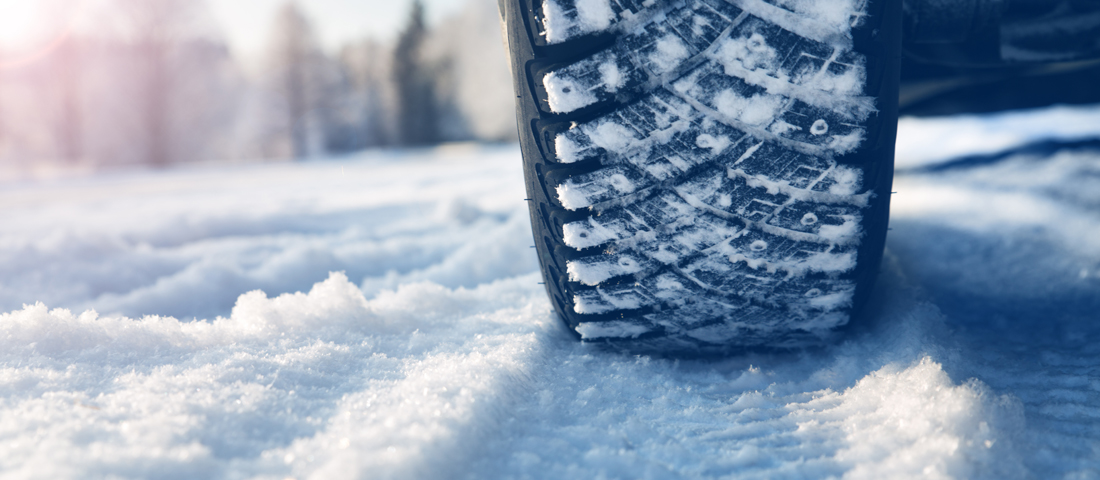
There are many great reasons to love living in Canada—winter driving is not one of them. Safety is the main concern for everyone at this time of year, so we encourage you to follow this advice from our CDSPI Home & Auto Insurance* partner, The Personal.
- Watch the weather
It may be fine when you set out, but things can change in a hurry. When you have insurance coverage with The Personal, you can get extreme weather alerts from Radar™. This innovative free service on The Personal mobile app notifies you in real time if severe weather is detected in your area.
- Install good winter tires
This should be a given, but many people try to get by with their summer tires. Winter tires provide better traction and braking control, giving you more confidence driving on ice and snow. They also help you to save on your insurance premiums (all-season tires do not qualify).
- Start safely
- It’s a good idea to have your battery tested before winter begins.
- Prevent frost inside your windows by removing wet floor mats overnight. Consider leaving moisture absorber/ dehumidifier packets in your car to absorb moisture.
- Slide a pair of old socks over your windshield wipers in the evening to keep them from icing over. If you need to unfreeze wipers, wipe them with full-strength rubbing alcohol on a soft cloth.
- Do more than wipe snow from your windows before you head out—clear your lights, roof, hood and trunk to eliminate drifting now. Always make sure you can see and be seen.
- Drive defensively
We’ve heard it before, but it doesn’t hurt to reinforce key points at this time of year. Slow down, leave extra space from the car in front, signal sooner than usual, and proceed with extra care through all intersections. You may also want to consider a course to learn how to handle skids on slippery roads.
- Be prepared
Imagine breaking down in the middle of nowhere in February. Stay safe by keeping an emergency winter kit in your vehicle, which should include:
- A small shovel, emergency flares, booster cables, wiper fluid, a flashlight, sand or kitty litter
- Extra clothing, thermal gloves or mittens, snow pants and blankets
- Water bottles and non-perishable food items
If you’re driving to see friends or family let them know when you’re leaving and your estimated time of arrival.
- If you get stuck
- Stay with your vehicle unless it’s in a dangerous position or poorly visible.
- Use your hazards.
- If you need to run the engine to stay warm, make sure the tail pipe isn’t blocked with snow or ice. Crack open a window on the side of the car away from the wind.
- Don’t over exert yourself by trying to push your car out.
Did you know? The Personal offers highly preferred rates for the dental community. Get an online quote or call 1.877.277.7230 if you have any questions.
*CDSPI Home and Auto Insurance is underwritten by The Personal Insurance Company and distributed by CDSPI Advisory Services Inc. Home Insurance is not available to residents of Quebec. Auto Insurance is not available to residents of Quebec, Manitoba, Saskatchewan and British Columbia.
RadarTM is a trademark of Desjardins General Insurance Group Inc., used under licence.
The information and advice in this article are provided for informational purposes only. CDSPI shall not be liable for any damages arising from any reliance upon such information or advice.
Sources:
6 Common winter car problems – solved!: The Personal
Tips for safe winter driving: The Personal
Winter Driving Tips: Government of Canada